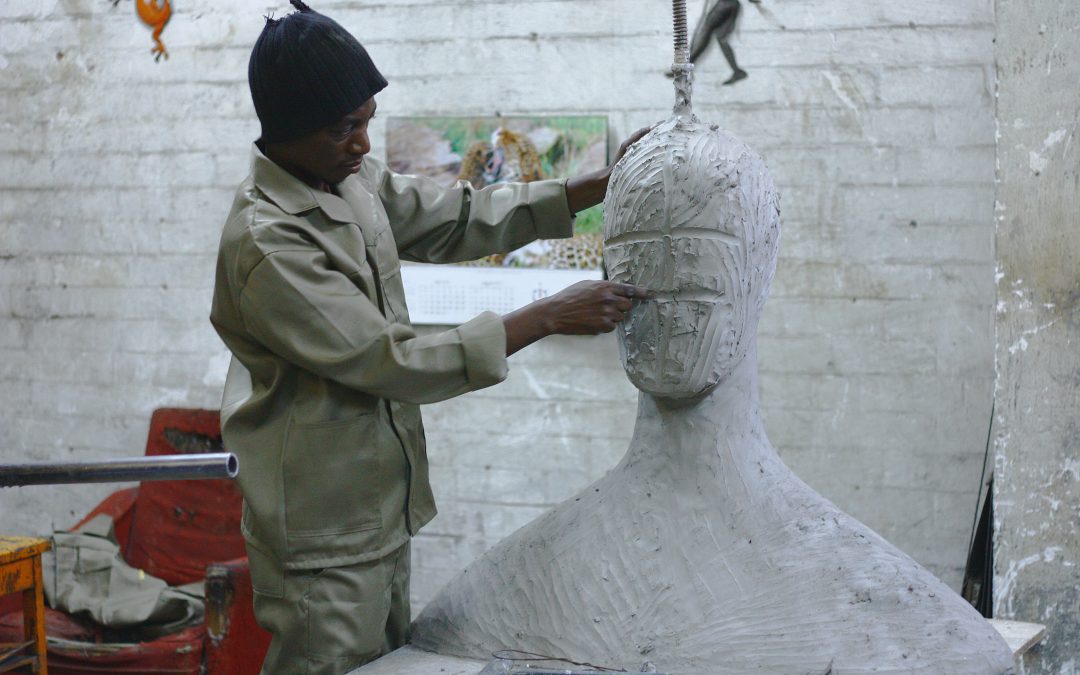“It is not the daily increase but the daily decrease, hack away at the unessential” – Bruce Lee
Something that has consistently driven me bonkers in my career is the prevalent obsession with activity over intentional thinking and planning. “Activity bias” is the deceptive notion that any activity is better than “inaction.” Even worse is ‘checking in’ on the status of non-sensical work (I’ve been on ‘status update’ meetings for pointless tasks at 5pm on a Tuesday and then the next one at 10am the following Wednesday).
It seems to me that the problem is getting worse – an increase in “the work around the work” seems quite prevalent in many fields, at least judging from what I see posted in my feed.
From a decision-making perspective, activity bias detracts from decision quality. Difficult decisions often involve spotting and considering trade-offs – that is, when making a decision, you also need to be clear about what it is you are actively deciding *not* to do. The time we have is not infinite.
🗓 A way to combat activity bias (not just with decisions) is to schedule time to think and reflect. Another way is to build in time to ‘actively plan’: tinker or experiment with things deliberately knowing they may not go anywhere.
Organisations often consider thinking and planning as wasted, inactive time. How wrong they are.
Good planning and thinking are very deliberate but require a balance of structure and space for creativity and serendipity. Sometimes “doing nothing” is one of the best investments in time you can make.
And, when you are ready to act, you can do so much more swiftly and effectively.
I block out time in my calendar for this. When leading teams, I have also encouraged people to do the same. However, I have supplemented this with questions to consider and some tools to use to play with a problem or ideas.
📷 – Ilia Zolas on Unsplash

